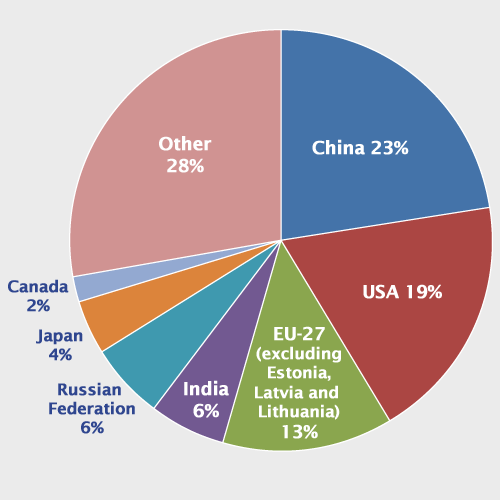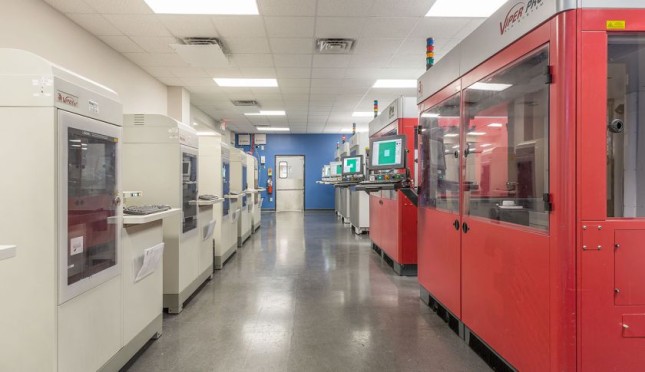October 2016 is a month where we hit 400 ppm and emissions free hydrogen cars turned 50. Why don’t we drive hydrogen cars? There is no fuel station.
Scientific American discusses this in an article who’s sub title hits the point: Fuel cells are better than ever but refueling infrastructure lags.
It highlights some of the big things that have happened in 2016 and shows a cool hydrogen Toyota.
In September, the HY4, the first hydrogen fuel-cell-powered passenger aircraft, took flight in Germany. French industrial giant Alstom also unveiled a fuel-cell-powered train.

Umair Irfan also highlights that the tech has been around since 1970 and that there are 20 hydrogen gas stations in California. More important than the lack of infrastructure, 20 stations in California technically means that I might not be able to get from one end of California to the other in my hydrogen car, is that similar to electric cars…who run on coal powered electricity. Hydrogen runs on methane. As Irfan points out:
But there are some caveats: Like a battery-powered car, fuel cells are only as clean as the fuel that powers them. Hydrogen can be generated from splitting water molecule, but the most common and cheapest way to make hydrogen is steam reforming methane, the major component of natural gas. This process produces greenhouse gases.
Satyapal said researchers are now developing ways to produce hydrogen cheaply from renewable sources. “Our target is $4 per gallon of gasoline-equivalent cost,” she said. Current retail prices for hydrogen fueling stations are between $13 and $16.
The good news is that Japan may make the leap, but there is no guarantee they will make the leap to clean fuel and not through steam reforming methane.
About me: Sean McClure is a former Senior Advisor at the White House. Sean is currently the Suspension and Debarment Advisor to the Department of the Treasury and with over 15 years of experience working at the White House, Department of the Treasury, USAID, and Department of State. He has traveled extensively to 35 countries in Africa, Asia, Latin America and Europe.











